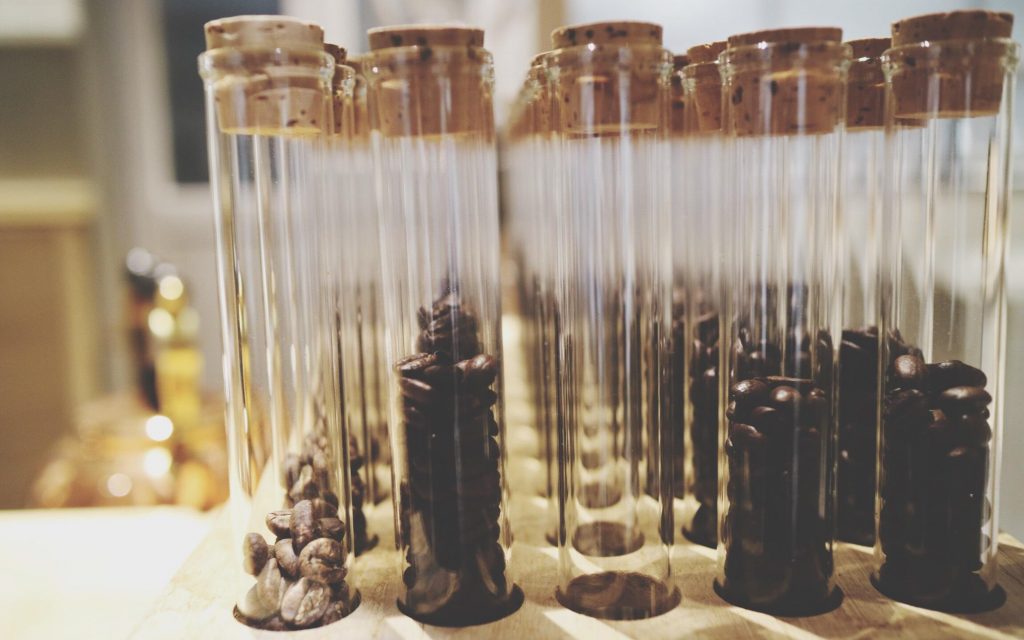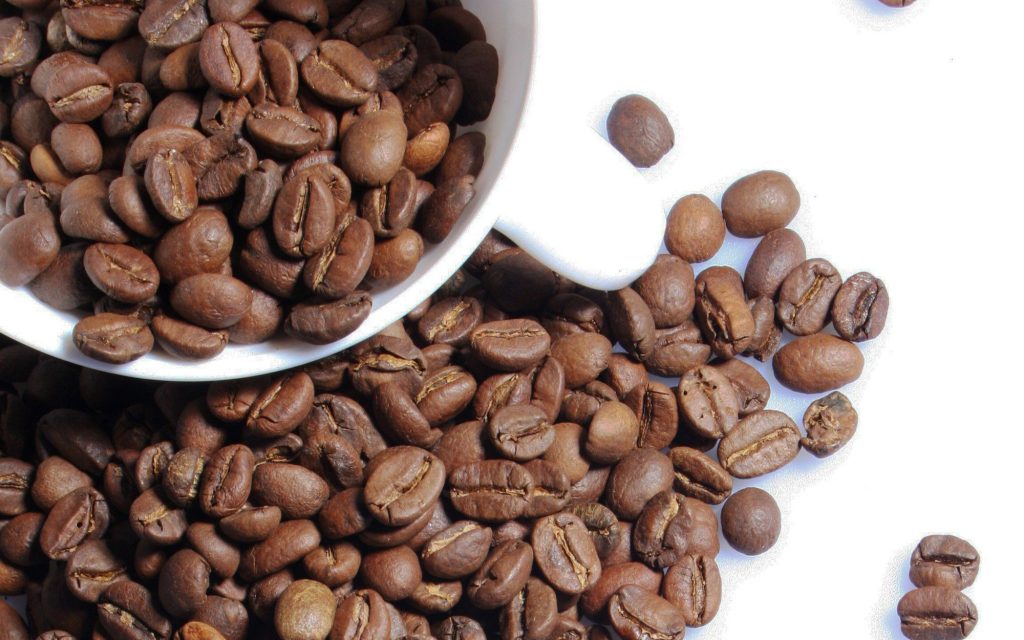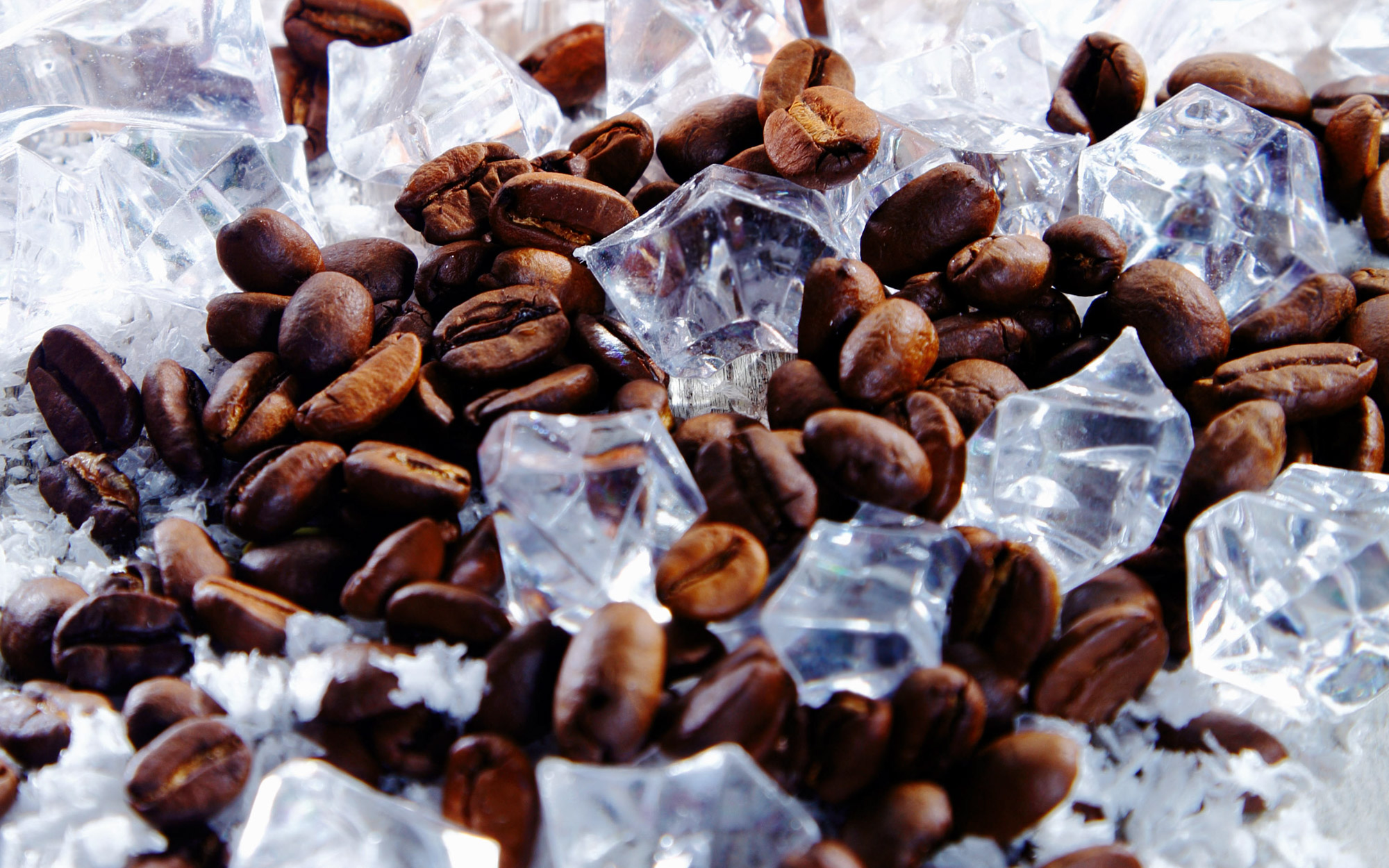Why Australian coffee shops are freezing roasted coffee beans
Coffee roasting expert Jim Brady chats to Hayley Osborne about why Australia’s preference for freezing roasted coffee may take a while to catch on.
Since the first Italian immigrants arrived following the outbreak of war in Europe, Australia has led the way when it comes to global coffee trends.
Hailed for their commitment to innovation and respect for independent businesses, Australians have helped shape coffee cultures around the world – while also introducing the flat white.
If you step into a Melbourne coffee shop today, one of the latest trends you’ll find is the practice of freezing roasted coffee in small batches.
It’s believed that this process can keep coffee fresher for longer, enabling businesses to store successful roasts without compromising on quality.
To successfully freeze roasted coffee beans, they need to be stored in an airtight container or in vacuum-sealed packaging, leaving little to no oxygen behind.
However, research is still ongoing regarding how long coffee can be frozen, and the process still faces several limitations, making it a divisive topic in the specialty coffee sector.
Jim Brady is an SCA-certified trainer and professional coffee roaster. He suggests that first and foremost, the benefits of freezing coffee need to be measured against the technology used to do it. He says that while there may be clear benefits for businesses, home consumers face various limitations.
“Do you store your $40 bottle of sesame oil in the freezer?” he asks. “The true benefits are often lost to the use of lesser equipment and or packaging.”

“Not a gimmick”
There are two main reasons for freezing roasted coffee beans.
First, coffee beans begin to age as soon as they’ve been roasted.
During roasting, coffee beans absorb large amounts of carbon dioxide (CO2). In the days and weeks after roasting, the beans “degas”, releasing CO2 until they ultimately go stale.
It’s generally advised to brew coffee between 3 and 14 days after the beans are roasted. However, that’s not always possible, especially for businesses that roast in bulk.
That’s where freezing comes in. If the coffee beans are frozen, research suggests that they can hold their flavour anywhere from three months to a year.
Former World Barista Champion Hugh Kelly asserts that freezing coffee isn’t a gimmick nor a “WBC trend”.
“What we do know is that freezing coffee allows us to stop the cellular activity in coffee particles completely,” he told the BeanScene Mag. “This means that we can capture or lock in the peak flavour window of the coffee, freeze it at that point, and stop the age-old problem of coffee going stale.”
At the time, Hugh was working with ONA Coffee, founded by another former WBC Champion, Saša Šestić. ONA has been a key driver in experimenting with freezing coffee, encouraging other Australian roasters to follow suit.
ONA vacuum packs its frozen coffee and has found that, even after a year, the flavour of frozen coffee shows little change.
Further research has found that grinding frozen roasted coffee beans results in a more uniform grind size, among other benefits. This ensures better particle distribution during brewing and less chance of under or over-extraction.
This can help coffee shops maintain consistently high standards. Furthermore, a business can cut costs by buying in bulk and still always have freshly-roasted coffee on hand.
At the end of the day, some coffee professionals also believe that this technology will contribute to making the coffee supply chain more sustainable. If the process is perfected, it’ll allow producers to deliver certain coffees out-of-season, reducing wastage and better preparing the industry for the effects of climate change.

Will the trend catch on?
“As a rule of thumb, I have always been cautious about the freezing of coffee from a consumer perspective,” Jim says. “I would say the challenge would be manufacturing equipment that could produce commercial quality for residential use and had a marketing campaign designed to educate the consumer based upon the data.”
For more insight into the process, he reached out to his friend Anne Cooper, a coffee roasting consultant at Equilibrium Master Roasters in Australia. According to Anne, there’s a lot of misinformation about freezing roasted coffee.
“She said there were some retail efforts to utilise coffee directly from the freezer,” Jim explains. “However, communication about the process and any benefits were often lost.”
In her experience, it’s something that many coffee businesses are still experimenting with. For example, she told Jim that Proud Mary Coffee in Portland, Oregon, keeps its coffee grinders in the freezer – hopper and all – ensuring frozen beans can be ground on demand.
This is because once removed from the freezer, the coffee must be ground straight away before its cellular structure begins to change.
“Roasted coffee will retain 2-3% moisture which, when frozen, can have an impact on a multitude of chemical processes like Strecker Degradation and cellular dissolution,” Jim explains.
This moisture can also wreak havoc if the beans warm up, possibly causing them to become rancid or otherwise unpleasant to drink.
In fact, there is a whole number of issues that businesses need to address if they plan to freeze coffee. A company would need to invest in large freezers, which not only take up lots of space but also use huge amounts of energy to run.
At this point in time, these factors outweigh any possible cost benefits for most coffee businesses. Jim is also curious as to why the technique hasn’t already been more widely adopted.
“I am interested in why – if there are so many benefits – traditionally cold climates like Scandinavian countries haven’t piloted a process and a marketing initiative around the technology,” he notes.
Ultimately, he concludes that the industry faces a huge challenge if this technology is indeed to become mainstream.
“I would say the challenge would be manufacturing equipment that could produce commercial quality for residential use, and having a marketing campaign designed to educate the consumer based upon the data,” he says.








